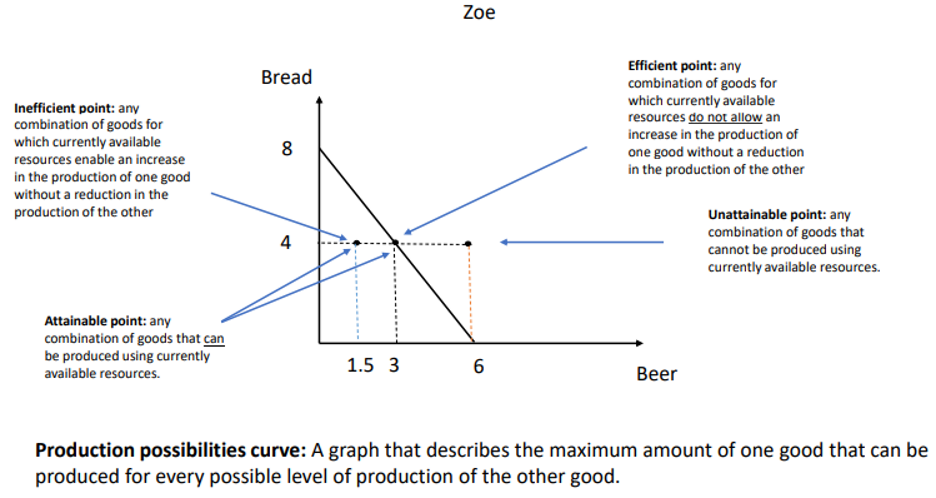Risk and Trade
1/20
There's no tags or description
Looks like no tags are added yet.
Name | Mastery | Learn | Test | Matching | Spaced |
|---|
No study sessions yet.
21 Terms
Uncertainty
situations where the probability of certain occurrences is not known
Risk
when uncertainty can be quantified
2 Characteristics of a Risk Activity
likely outcome
degree of variation in the possible outcomes
Expected Value
the probability weighted average of the value from each possible outcome
average profit/cost if you play the lottery an infinite amount of times
if it is 0 then the lottery is fair
Expected Value Example
50% +£100
50% -£100
EV = (0.5x 100) + (0.5x (-100)) = 0
This lottery is fair
When is a Lottery Fair?
when the expected value is 0
Individual Attitudes to Risk
Risk neutral: A person who is only interested in whether the odds yield a profit on average e.g.
50% +£500
50% -£100
Risk averse: A person who will refuse a fair gamble e.g.
50% +£100
50% -£100
Risk loving: A person who bets even when the odds are unfavourable e.g.
10% +£500
90% -£100
The key issue is whether or not a person would accept a fair gamble
Asymmetric Information
A situation in which one side of an economic relationship has better information than the other.
Broadly speaking, there are two types of information that an economic decision maker might lack but desire:
Hidden characteristics
Hidden actions
Hidden Characteristics
Things that one side of a transaction knows about itself that the other side would like to know but does not know, either:
sellers are better-informed
buyers are better-informed
Hidden Actions
Actions taken by one side of an economic relationship that the other side of the relationship cannot observe
firms vs. employees
insurance companies vs. their customers
Adverse Selection
A phenomenon under which the uninformed side of a deal gets exactly the wrong people trading with it
The Market for Lemons (Low Quality Cars) Model
Developed by George Akerlof (1970) (Nobel Prize 2001)
Asymmetric information tends to reduce the average quality of goods offered for sale
People who have below average cars (lemons) are more likely to sell them
Buyers know that below-average cars are more likely to be on the market than good cars and lower their reservation prices
Because used car prices are low, people with good cars keep them longer
The average quality of used cars falls even further
Moral Hazard
People take fewer precautions when they know they are insured
Co-Insurance
A provision in an insurance policy under which the policyholder picks up some percentage of the bill for damages when there is a claim
Excess/Deductible
A provision in an insurance under which the person buying the insurance has to pay the initial damages up to some set limit
Opportunity Costs
the value of the next best alternative that must be forgone in order to undertake the opportunity
Absolute Advantage
One person has it over another if an hour spent in performing a task earns more than the other person can earn in an hour at the task.
Production Possibilities

Comparative Advantage
One person has it over another in a task if his or her opportunity cost of performing a task is lower than the other person’s opportunity cost
What does International Trade on the basis of Comparative Advantage do?
improves global output
Tariffs
taxes on imports
distort the operation of the market and so lead to welfare loss